Developing an Exoskeleton: How Far Has Science Come?
Do researchers possess the raw materials and technology to build a practical, body enhancing suit of armour?

Throughout history the wearing of armour has had the same goal – maximum protection with minimum weight and maximum mobility - a passive exoskeleton.
Yet ideally, a protective suit could also enhance the human body – a powered exoskeleton. Providing a boost to strength, faster running, warming the wearer in cold climates and cooling in the heat, perhaps even to heal wounds, contain a communication system, or monitor life signs and location to a central command.
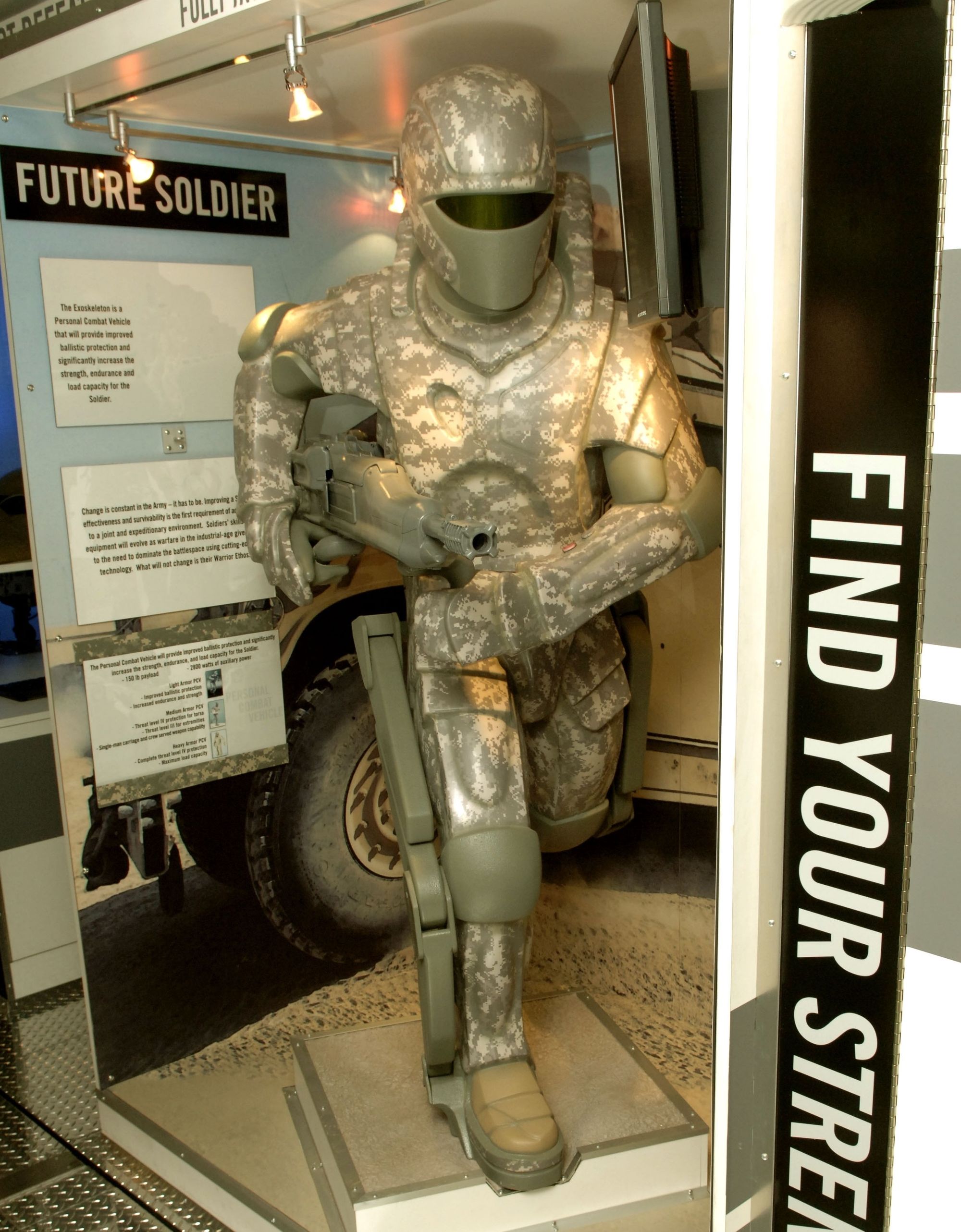
Up until the end of the last century the raw materials and technology to construct such an exoskeleton was beyond scientific capability. Today, the application of super strong and super lightweight nanomaterials, among other technologies, is making an exoskeleton a possibility. But how close is the science to achieving it on the battlefield?
Development
The leading example of a powered exoskeleton is the U.S. military’s Tactical Assault Light Operator Suit or TALOS. A design experiment which was led by the United States military's desire to create a suit that would protect soldiers in combat and give them the ability to carry more equipment without sacrificing mobility.
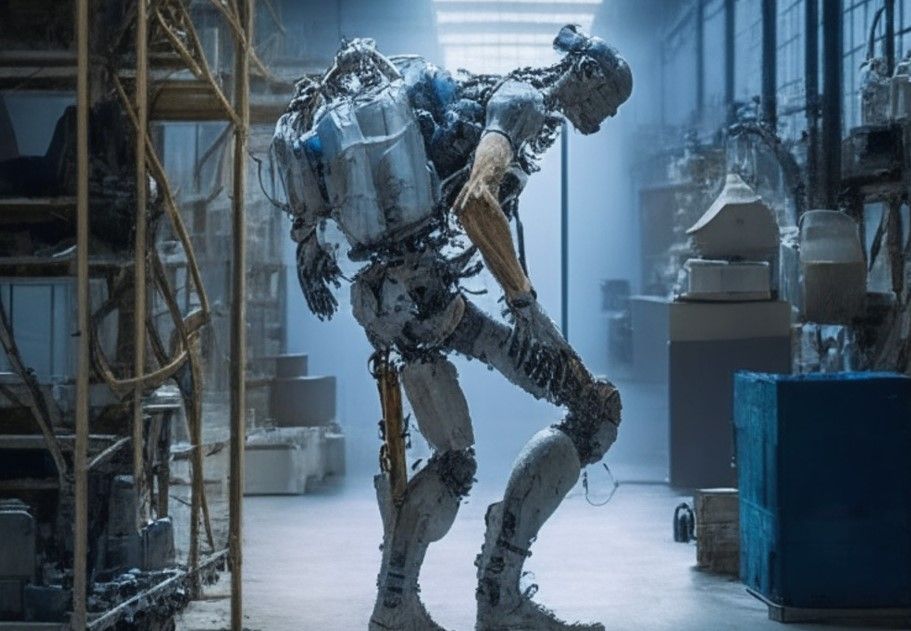
The TALOS exoskeleton development began in 2013 with the United States Special Operations Command (USSOCOM) creating a suit in collaboration with 56 private companies, 16 governmental organizations, 13 colleges, and 10 national laboratories.
The early prototypes were promising, showing a smart combination of hydraulics, advanced sensors, and HUD (Head-Up Display) technology for situational-awareness, as well as ballistic protection, physiological status monitoring (including heart rate, core temperature, and breathing rate), and potentially enhanced human performance through the exoskeleton’s powered human assistive devices.
Usage.
However, the TALOS exoskeleton saw only experimental usage in the field, undergoing testing with soldiers in simulated combat environments in the United States and Europe.
One such example was a 2016 demonstration of the TALOS exoskeleton to NATO ministers, where the exoskeleton was showcased to provide its wearer with enhanced protection, situational awareness, and mobility. This demonstration displayed the exoskeleton's advanced sensors, including the mitigation of traumatic brain injury (TBI) through shock absorption.
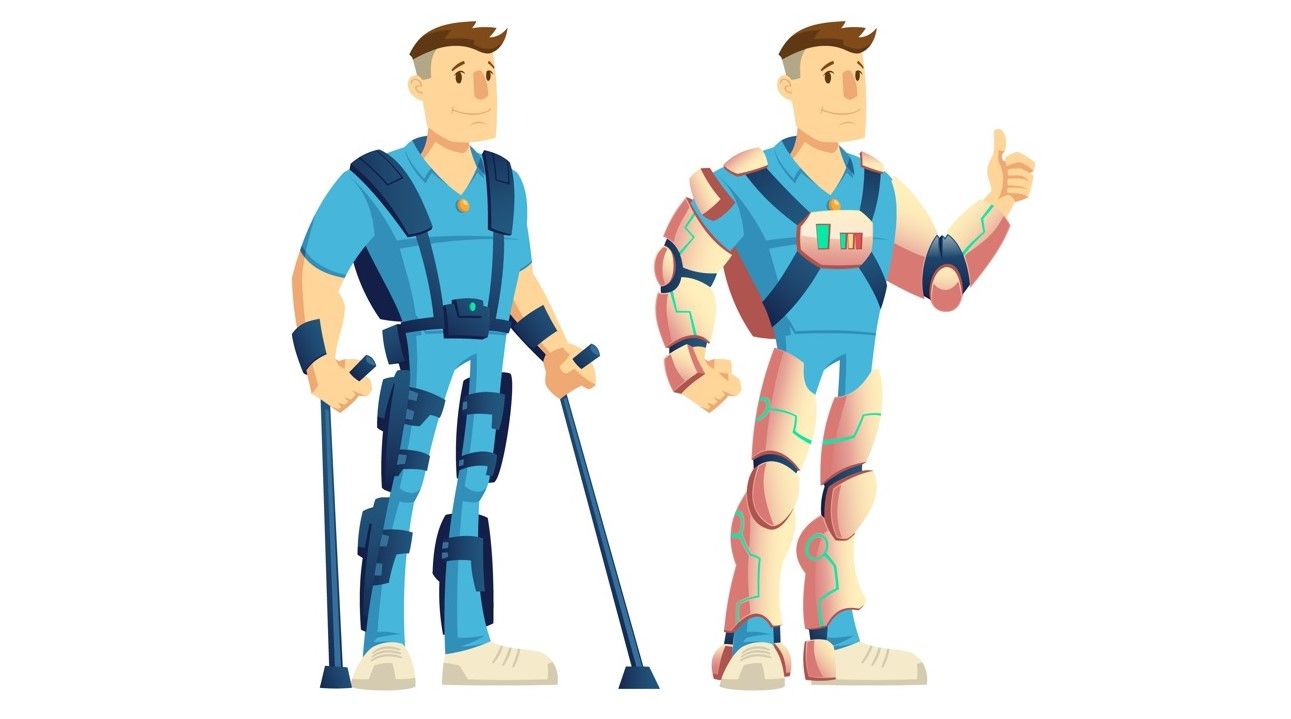
Moreover, the TALOS exoskeleton has the potential for non-military uses, with its features being employed to protect and enhance the physical abilities could improve the lives of firefighters, first responders, and other professions that require physical exertion under hazardous conditions.
In fact, it is often thought that the application of an exoskeleton would find more use on a construction site, by enhancing safety, lifting power, speed of movement, or extending limbs, than on the battlefield.
“The weaponized, sci-fi-sexy version is always going to get more attention, but the logistics side has always had an actual commercial equivalent driving it forward,” says science fiction writer and advanced military hardware specialist Peter Singer. “There’s always been that R&D work related to the construction field and other private-sector projects, and that’s what we’re still drawing on. We’ll end up seeing this in non-combat applications first.”
The U.S. military initially allocated $80 million for research and development from 2014 through 2018, later adding an additional $18.8 million was allocated for continued research and development through 2020. But despite these plans, work on the project stopped in February 2019. With a spokesperson stating that, “[The U.S. military has] no intent to field the TALOS Mk 5 combat suit prototype.”
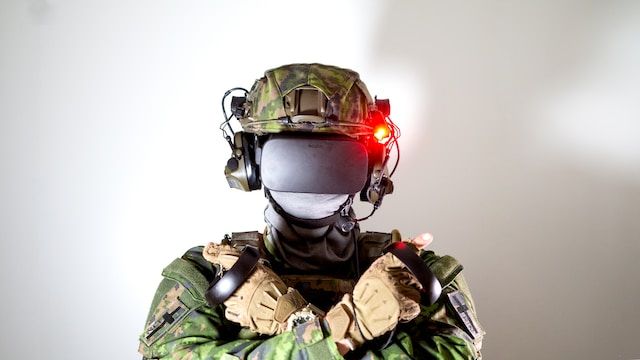
Ultimately, the fatal flaw of the prototype lay in what the spokesperson called the suit’s “complex subsystem interdependencies.” The researchers were unable to combine the suit’s helmet assembly, power, and communications systems to operate as a cohesive whole.
“Even with advances in computing and miniaturization,” explains Jared Keller, an independent expert on exoskeleton development, “there were too many disparate parts for TALOS to function effectively.”
That is not to say that the project was a complete failure. Work on the hydraulic systems has been taken for application in other military hardware developments. While the ultra-high-molecular-weight polyethylene used as body armour is undergoing further testing as an improvement on current armour plates.
Beyond that, the funding may also be revived one day to begin again on a new version of an exoskeleton sometime in the future.
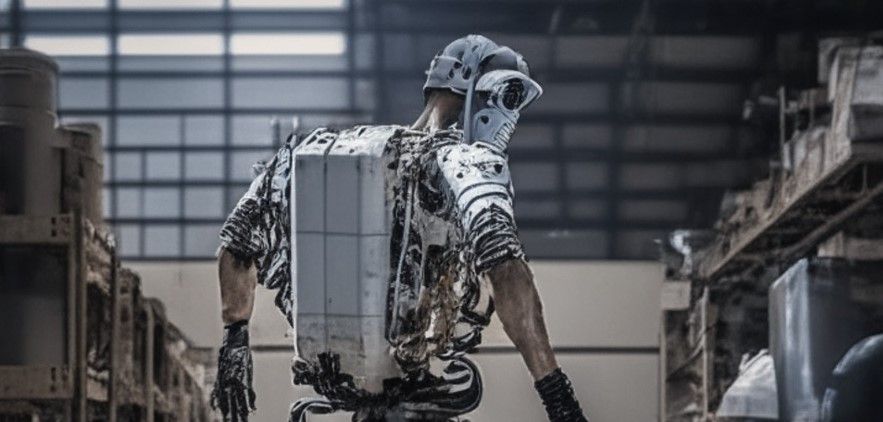
As a U.S. military spokesperson once noted about projects such as TALOS, “Someone comes along and picks up the research and adds to it and then it gets dropped for whatever reason until someone else comes along to pick it up.”
For example, the Chinese military is reportedly working on an exoskeleton designed primarily to double the carrying load of an infantryman. While Lockheed Martin is developing what is, “essentially a robotic, motorized knee brace designed to lessen fatigue on hostile terrain; and the Marine Corps is on the verge of testing out a full-body exoskeleton that could haul pallets full of gear,” so that the “average grunt doesn’t blow out his back doing the task.”
Exoskeleton body armour is a fascinating technology that has the potential to revolutionize a variety of industries. Whether you are a soldier, a firefighter, or an industrial worker, exoskeleton body armour could provide enhanced protection and physical capabilities that could help workers perform many tasks more effectively and safely. As the technology continues to evolve, there are certain to be more exciting applications for exoskeleton body armour in the years to come.
For now, though, the wearing of a functional exoskeleton will have to remain a part of science fiction or Marvel movie success.
Photo credit: OpenClipart-Vectors from Pixabay, Vectorpocket on Freepik, Vectorpocket, Wikimedia, Jimi Malmberg on Unsplash, & Gencraft

